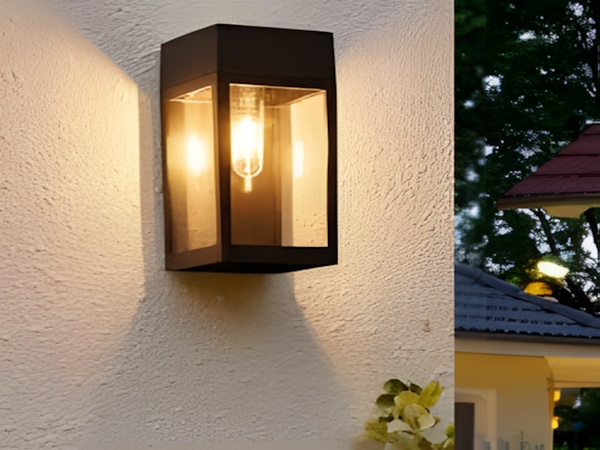
Now, every evening as night falls, the solar street lights along the streets light up uniformly. Solar street lights have the advantages of being energy-saving and environmentally friendly and reducing manpower and material resources. They are now widely used in people’s lives. However, there are some issues that may arise during the use of solar street lights, specifically reflected in the following six aspects:
1. What should be done if the solar street light is not working?
This is undoubtedly a question that customers are eager to ask. If this problem occurs, the first thing to do is to check whether the indicator light of the battery is illuminated. If it is not lit, it may be due to a disconnection in the wiring between the controller and the battery. In this case, we should call a professional to handle the wiring. If the wiring is normal, then we need to check whether the battery voltage is normal. If it is not, we need to replace the controller.
2. Are the solar panels of solar street lights fragile?
The solar panels are quite sturdy, generally made of reinforced glass. Reputable manufacturers conduct hail tests on solar panels, so the panels are not likely to have issues even during heavy rain or hail, as they have a certain level of resistance.
3. How much electricity can a solar street light generate?

The electricity generated and the duration of illumination vary depending on the configuration. The configuration of solar street lights is usually determined by the local environment. When selecting solar street lights, the parameters are configured based on the actual conditions of the area.
4. Can solar street lights be installed in shaded areas?

Solar panels need to receive adequate sunlight to convert it into electrical energy. If the solar panels are installed in a shaded area, they will receive less sunlight, resulting in lower output from the battery. Therefore, solar street lights should not be installed in shaded areas to avoid obstructions, as they can benefit from full sunlight exposure throughout the day.
5. Do the panels of solar street lights need to be cleaned regularly?
Dust accumulation on solar street light panels can hinder sunlight absorption. If there is shade on the panel, it may cause a disconnection in the circuit. However, under normal circumstances, the panels do not require frequent cleaning, as rain will wash away the dust. If there is a prolonged period without rain, the solar panels should be cleaned occasionally.
6. Do the photovoltaic components of solar street lights need to face south?
As we know, solar street lights absorb sunlight through their panels, converting it into electrical energy stored in batteries, which discharge at night to light the street lights. The orientation of the photovoltaic components determines how much sunlight the solar panel can absorb and how much electrical energy can be generated. If the direction is incorrect, the absorbed sunlight will be less, resulting in shorter lighting duration or complete failure to light.
The photovoltaic cells of solar street lights generally should face south to capture more even sunlight. However, there’s no need for excessive worry, as most manufacturers design the panels with optimal angles based on the sunlight conditions of the region.
The common problems and solutions regarding solar street lights have been shared here. By understanding these potential issues, we can quickly address them when using solar street lights.



